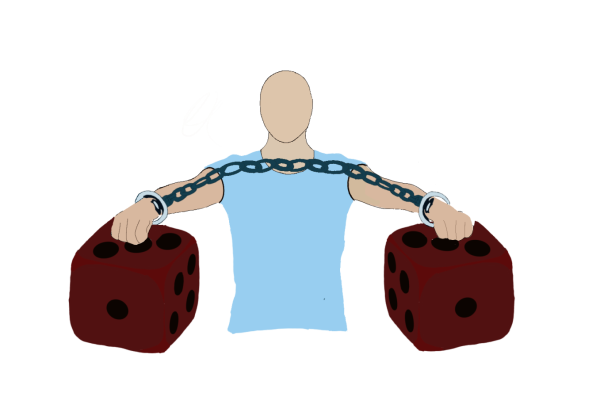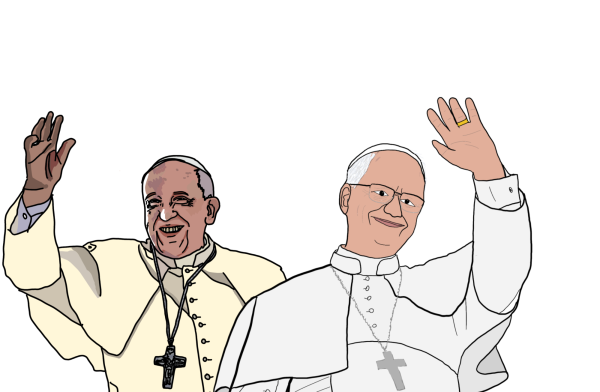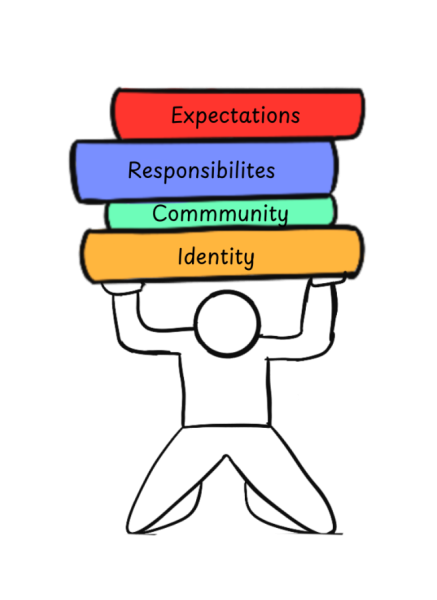The Political Arena: How caricatures perpetuate twisted stereotypes
Political cartoons and caricatures have long fueled the dehumanization of racial minority groups in the U.S. Their persistence throughout history has demonstrated the lasting impact of art on societal perceptions and individual mindsets.
Growing up, I witnessed a myriad of political cartoons about people of Asian descent, all of which depicted the same trends: slanted eyes, contorted faces and buck teeth. They were painted to be grotesque creatures that encroached on the safety and “cleanliness” of our nation.
When I first encountered these cartoons, I always felt a sense of shame for being Asian American. These caricatures kindled the stereotype of Asian Americans as perpetual foreigners — and, seeing them, I felt as if people like me did not belong in this country.

Yet, throughout the years, I grasped the true influence of these cartoons on society and racial minority groups. Realizing this, my shame has faded, overtaken by sheer disappointment and disgust.
The creation of these racist political cartoons surged during the late 19th century, leading up to the Chinese Exclusion Act, according to NBC News. This piece of legislation prohibited all Chinese laborers from entering the U.S., deeming Chinese people to be America’s first illegal immigrants.
This ban was implemented in the wake of anti-Chinese biases among the American public, according to PBS. To advocate for the exclusion of these immigrants, political cartoonists frequently dehumanized Chinese people in their art, through the intensification of stereotypical characteristics and the racist depictions.
Afterward, this art was disseminated to audiences, influencing them to perceive Chinese people in a similar manner. By effectively dehumanizing a racial minority group, the U.S. sought to justify the exclusion of these people. As humans are deprived of their place in society, these unfavorable portrayals defend injustice and rally support for wrongful policies.
These trends have extended to modern-day society. Waves of backlash from the Asian American community erupted after The New York Daily featured a cartoon of Andrew Yang in early 2021, according to NBC News.
As always, Andrew Yang, an Asian American politician, was drawn to have small eyes and yellow skin, which reflected centuries-long racist caricatures. At a time when Asians are being attacked on the streets in hate crimes, painting Yang as a foreigner enforces twisted views. This is simply unacceptable.
It is entirely possible for cartoonists to convey messages without blatantly racist depictions. The centuries-long utilization of caricatures to promote otherization has extended for too long. Ultimately, it is time for the use of political cartoons to diminish the worth of racial minorities to end.
Macy is a senior, and she is super excited to be one of the Editors-in-Chief! She spends her free time taking sunset pictures, obsessing over Taylor Swift’s...







